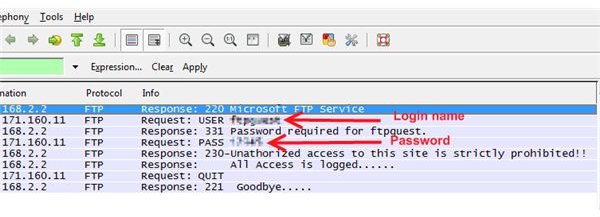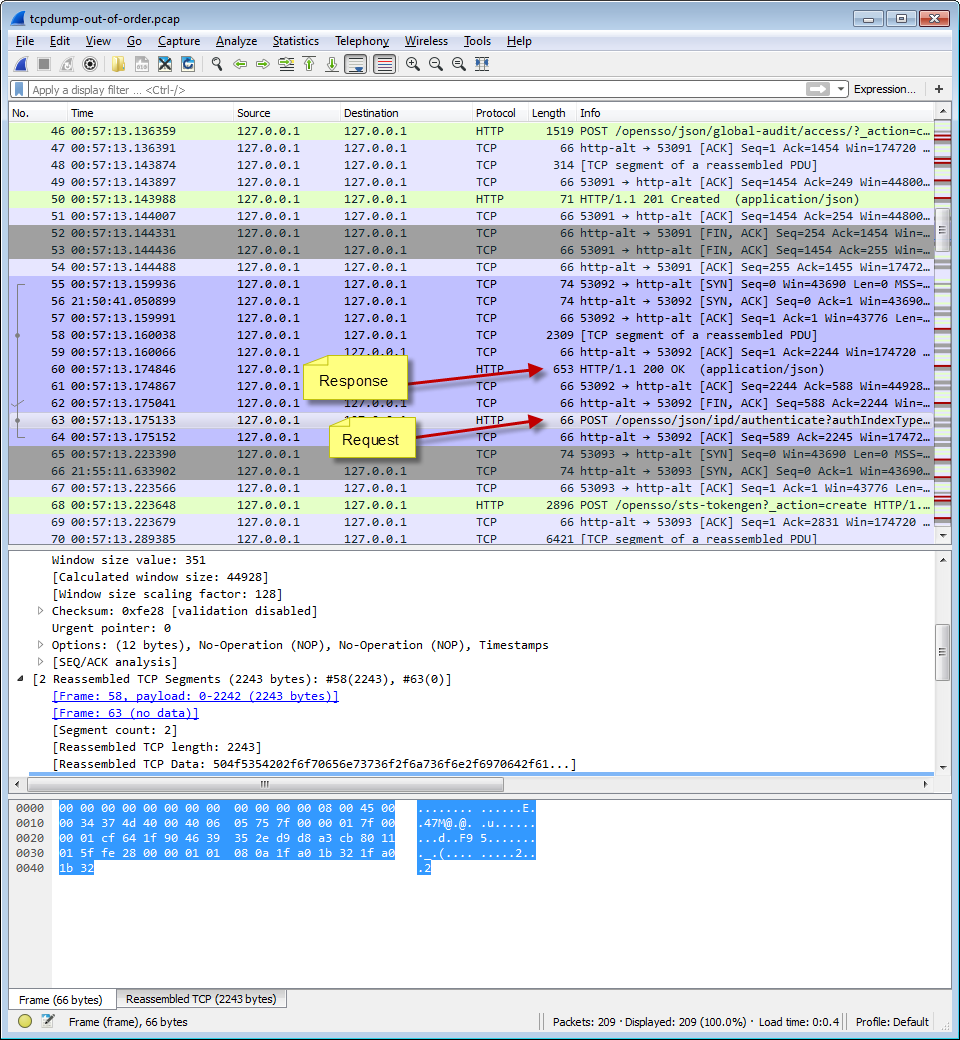
- #Explain my wireshark captures install#
- #Explain my wireshark captures software#
- #Explain my wireshark captures mac#
- #Explain my wireshark captures windows#
In the example above, I've selected a DNS response packet. The "+" icons reveal varying levels of detail about each layer of information contained within the packet. The middle pane contains drill-down details on the packet selected in the top frame. This causes the bottom two window panes to fill with information. You can drill down and obtain more information by clicking on a row. The default display shows the time of the packet (relative to the initiation of the capture), the source and destination IP addresses, the protocol used and some information about the packet. The Wireshark screen will immediately begin filling up with traffic seen on the network interface, as shown below:Įach line in the top pane of the Wireshark window corresponds to a single packet seen on the network. Otherwise, simply click the Start button next to the name of the interface on which you wish to capture traffic. Time and size limits can also place limitations on unattended captures. For example, you can adjust settings to avoid name-resolution issues, as they will otherwise slow down your capture system and generate large numbers of name queries. Many of these options can help to improve the performance of Wireshark.
#Explain my wireshark captures mac#
If you'd like to configure advanced options - like capturing a file, resolving MAC addresses and DNS names, or limiting the time or size of the capture - click the Options button corresponding to the interface you wish to configure. You'll see a pop-up window similar to the one below: To start scanning, choose Interfaces from the Capture menu. Once Wireshark is installed, start it up and you'll be presented with the blank screen shown below: If you don't start this service, only administrators will be able to run Wireshark.

Selecting the latter option allows users without administrator privileges to capture packets.
#Explain my wireshark captures install#
The installation process uses a familiar wizard-based sequence that only asks two significant questions: whether you want to install WinPcap and whether you want to start the WinPcap Netgroup Packet Filter (NPF) service at startup.

One word of caution: If you're running an outdated version of WinPcap, remove it manually through the "Add/Remove Programs" control panel before running the Wireshark installer.
#Explain my wireshark captures windows#
Those running Windows must install WinPcap if they haven't already. The Wireshark development team built the Windows version on top of the WinPcap packet capture library.
#Explain my wireshark captures software#
Wireshark is also available through the standard software distribution systems for most flavors of Unix/Linux, and the source code is also available for installation on other operating systems. Binary versions can be downloaded for Windows or Macintosh OS X. In the hands of someone with questionable ethics, however, it's a powerful eavesdropping tool that enables someone to view every packet that traverses the network. In the hands of a network or security administrator it's a valuable troubleshooting tool. That being said, it's important to remember that Wireshark can be used for good or for evil, as is the case with many security analyzers. If systems running Wireshark are connected to either side of a firewall, it's easy to see which packets successfully traverse the device and identify whether the firewall is the cause of connectivity problems. Specifically, I regularly use it to troubleshoot firewall rules. The second major use of Wireshark is to troubleshoot security devices. The tool can then craft upstream firewall rules that block the unwanted traffic. For example, if a denial of service occurs, Wireshark can be used to identify the specific type of attack. First, peering into the details of packets can prove invaluable when dissecting a network attack and designing countermeasures. However, as a security professional, there are two important reasons to sniff network traffic. Anyone who uses a tool like Wireshark without first obtaining the necessary permissions may quickly find themselves in hot water legally. Before anyone uses Wireshark, an organization should ensure that it has a clearly defined privacy policy that spells out the rights of individuals using its network, grants permission to sniff traffic for security and troubleshooting issues, and states the organization's policy requirements for obtaining, analyzing and retaining network traffic dumps.

The phrase "sniff the network" may conjure Orwellian visions of a Big Brother network administrator reading people's private email messages.


 0 kommentar(er)
0 kommentar(er)
